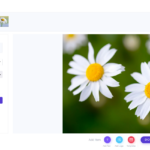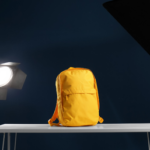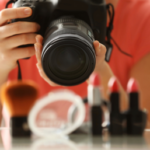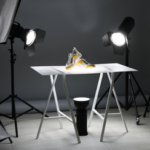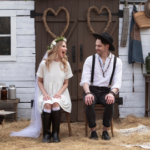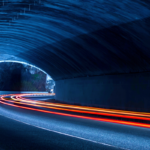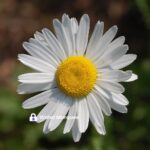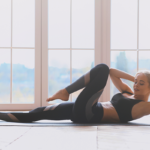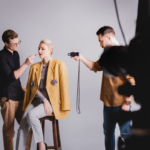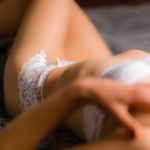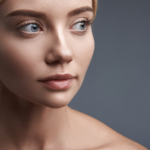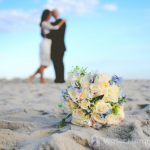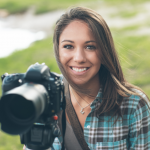What is a RAW format and why is it better than other file formats?
Ever since the introduction of digital cameras, people have been shooting in JPEG format. This is a compressed file that has to be translated into something readable by your computer and other devices like iPads or iPhones. RAW files are never compressed so they will always look exactly as you captured them when you took the photo.
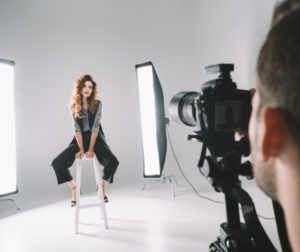
When saving a RAW file, it’s up to you what settings you want for exposure, color temperature, sharpness, etc., which gives photographers more control over their images than ever before! Read on for some reasons why shooting in RAW format could be right for you.
What is RAW Format and How Does It Work?
I’m sure you’ve heard of raw files before, but what are they exactly? A RAW file is a data-rich image that has not been processed by the camera’s software. The photographer will typically use editing software to process their photographs after taking them in order to create the perfect photo. This allows for better editing options, like adjusting white balance and contrast levels more precisely.
This means that the photographer can shoot with their camera in any mode they choose–AUTO, PROGRAM, P, Aperture Priority, Shutter Priority, or Manual. This allows for more control over exposure and creative photography techniques.
Why Should I Shoot in RAW Format?
If you’re a photographer or just someone who has to take a lot of pictures with your phone, then you should know that there are many advantages to shooting in RAW format. This is something that is not as common as it used to be and a lot of people don’t understand the benefits.
RAW format is just a type of file that your camera can take photos in. A JPEG or JPG will compress the photo and it won’t contain as much quality because it has to fit all those pixels into one little space on your phone, computer, etc, with a RAW format, each pixel gets its own place where there isn’t any compression so you get more detail out of them.

Moreover, you will get the most out of your camera and be able to control how you want it to perform. You can adjust for white balance, contrast, saturation, sharpness, and even noise reduction with RAW format. Essentially what this means is that when shooting in TIFF or JPEG (which are compressed formats), these features cannot be adjusted later on; whereas if you shoot in RAW format then all adjustments can take place after taking a photo!
Here are some more advantages to shooting in RAW format: – You’ll have better noise control (especially if you’re taking pictures at night) – You don’t lose color information when editing like you do with JPEGs – The files will be larger than compressed formats which means they pack more details in them.
How to Set Your Camera to Shoot in RAW Mode
If you are shooting in RAW format, then you might be a photographer who is looking for the best possible quality out of their camera. Here are some ways that will help your photos turn out better and retain more detail from your original shots!
To shoot in RAW, you need a DSLR and lens that support it. Check your manual for more details on what this means for your specific equipment! Most modern cameras do, but some older ones may not be compatible with shooting in RAW. If yours does not shoot in RAW, then switch over to JPEG mode instead (and don’t forget to tell us why!)
Why is RAW a Better Format?
When you shoot in raw format, the camera generates a file that contains all of the information captured by the sensor. It also means that there are more bits available for editing and adjusting your photos on a computer. When shooting in JPEG format, all of this work happens inside the camera’s processor instead of on a computer. So what does this mean?
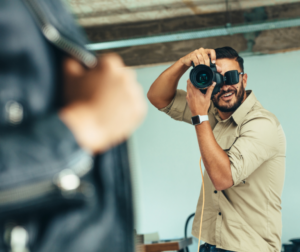
Shooting in raw means saving unprocessed images so they retain all their original data. You have more control over how these photos look when processed with an image editor – even if you don’t know much about them yet! It’s similar to taking a photograph using film instead of digital cameras: as long as you’re good at developing negatives, there will always be something interesting or different about each one.
In addition, RAW files have more flexibility when it comes to how you want the colors to look. When your camera processes images in JPEG format, they are compressed and lossy with some information lost – but that’s not the case with a RAW file! You get all of the details from your photo captured exactly as you saw them because there is no compression or conversion going on.
So if you’re looking for more detail in skin tones or more rich reds in an otherwise brownish area of your image, then a RAW file will be best suited for what you need. And don’t worry about having too much data since our browsers can handle large amounts of data really well now (thanks Google!).
RAW or JPG?
One of the most common questions that photographers hear is “should I shoot in Raw or JPG?” The answer really depends on what you’re looking for. If you are okay with having to do some editing later, then shooting in Raw format will be a better fit for you.
Shooting in this file type means that if there are some parts of your image that need editing (e.g., noise), they won’t affect the rest of the photo because it’s a non-destructive file type.
However, if you are looking for the fastest way to edit and publish photos online or in print then JPG would be a better fit. Shooting in this file type means that any photo editing is done during import so there’s no need to wait until after importing when switching between formats.
Plus, since it’s an internet-friendly format, JPGs load faster than Raw files which makes them ideal for sharing on social media sites like Instagram which require a small waiting period while photos upload before they can be viewed.
The difference between the two is that a JPEG file is compressed, while a RAW file retains all of the data captured by your camera’s sensor. While both formats have their benefits, it is important to understand which one will work best for you before choosing.

There really isn’t one right answer as every photographer has different needs – but by understanding how each of these two file types works, we hope you’re able to find what best fits your situation!
Conclusion
RAW format is the only way to capture all of the data captured by your camera’s sensor. Shooting in RAW format allows you to have more room for underexposed photos and will be able to recover information from overexposed ones as well. You can edit exposure values, white balance, color temperature, and other aspects of your picture without losing any quality or detail.
If shooting in JPEG doesn’t sound like the right choice for you, take a look at how much better your pictures could be if they were shot in RAW format!




